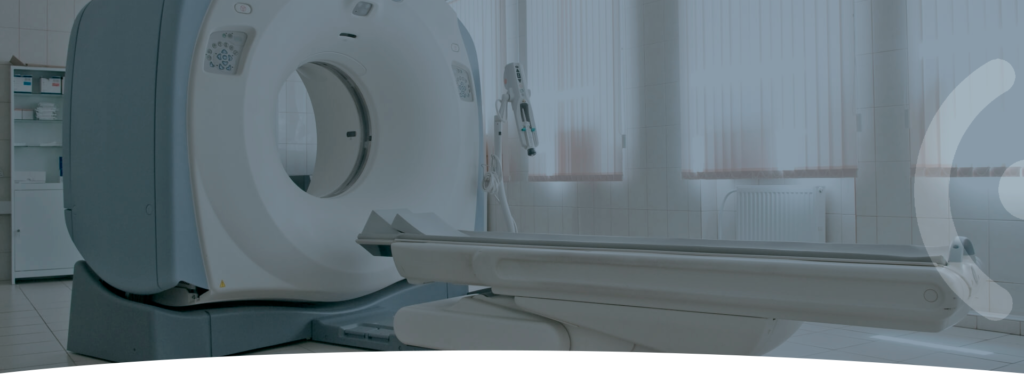Cataracts in eyes
A cataract is when the crystalline lens (inner lens) of your eye becomes opaque (whitish). The lens is usually transparent and focuses light, allowing you to see clearly. When the lens loses its transparency, vision may become blurred or cloudy. Some cataracts, as they progress, can make it difficult to see objects while other cataracts increase glare.

